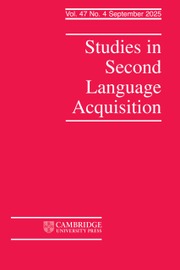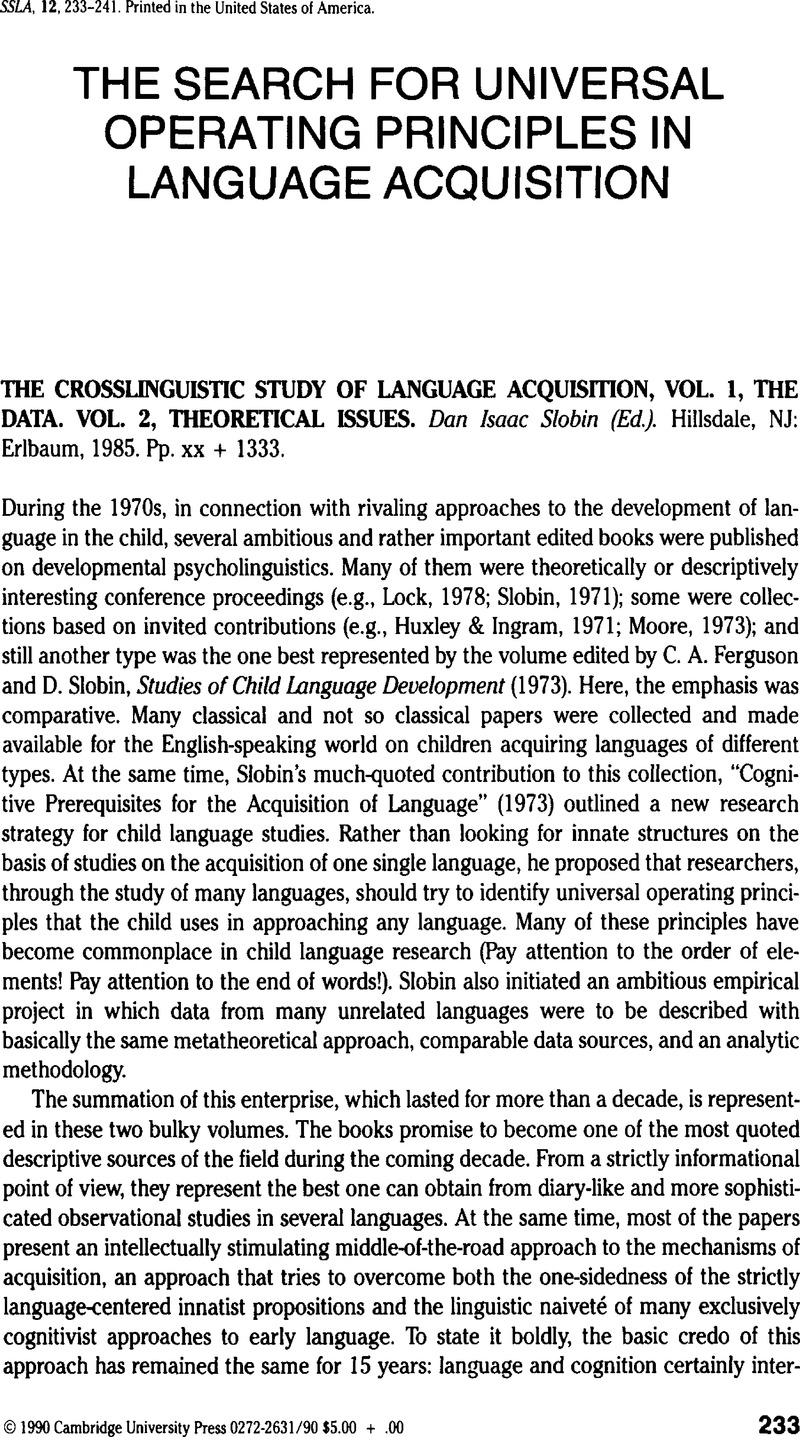Crossref Citations
This article has been cited by the following publications. This list is generated based on data provided by Crossref.
Matić, Ana
and
Kovačević, Melita
2022.
A Life in Cognition.
Vol. 11,
Issue. ,
p.
125.


